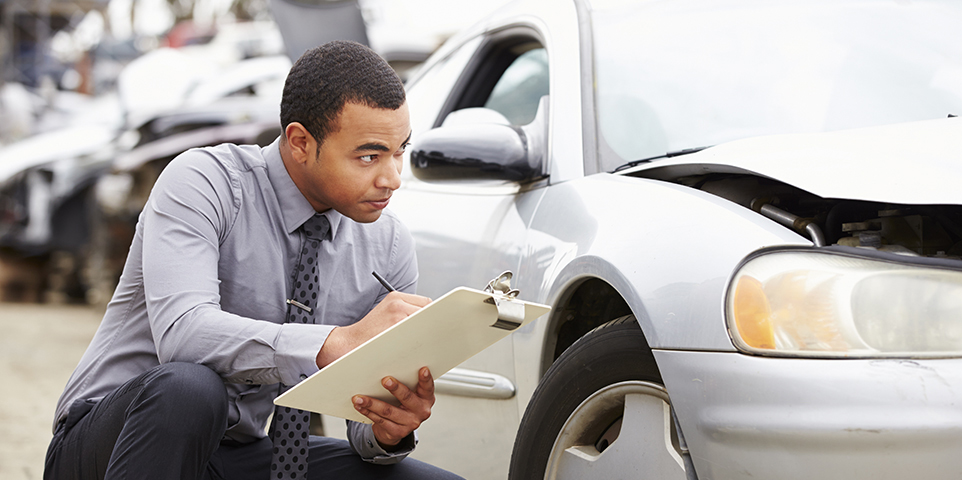MEMBERSHIP
AMPLIFY
EN ESPAÑOL
Connect With Us
- Popular search terms
- Automobile
- Home + Renters
- Claims
- Fraud
- Hurricane
- Popular Topics
- Automobile
- Home + Renters
- The Basics
- Disaster + Preparation
- Life Insurance

Uninsured and underinsured motorist coverage reimburses policyholders in an accident involving an uninsured, underinsured or hit-and-run driver. Twenty states and the District of Columbia have mandatory requirements for uninsured or underinsured motorist coverage. More than half of the states have passed laws and begun to develop and implement online auto insurance verification systems to identify uninsured motorists.
In 2022, 14.0 percent of motorists, or about one in seven drivers, were uninsured, according to a 2023 study by the Insurance Research Council (IRC). From 2017 to 2019, most states saw declining UM (Uninsured Motorist) rates. The largest decrease was in Montana, while the largest increases were in Florida and Michigan. With the start of the pandemic, the UM rate jumped in nearly every state in 2020, with the largest increase in the District of Columbia. From 2020 to 2022, the UM rate continued upward in many states but declined in Others. Michigan saw the largest decline with a 6.2 percentage-point drop. The IRC measures the number of uninsured motorists based on insurance claims, using a ratio of insurance claims made by people who were injured by uninsured drivers relative to the claims made by people who were injured by insured drivers. In 2022, 19 states and the District of Columbia had uninsured motorist rates greater than the countrywide rate (14.0 percent) while 31 states had rates below the countrywide rate.
|
(1) Percentage of uninsured drivers, as measured by the ratio of uninsured motorists (UM) claims to bodily injury (BI) claim frequencies.
Source: Insurance Research Council.
|
||||||||||||||||||||||||||||||||||||||||||||||||||||||||||||||||||||||||
(1) Percentage of uninsured drivers, as measured by the ratio of uninsured motorists (UM) claims to bodily injury (BI) claim frequencies.
(2) Rank calculated from unrounded data.
Source: Insurance Research Council.
|
(1) Percentage of uninsured drivers, as measured by the ratio of uninsured motorists (UM) claims to bodily injury (BI) claims frequencies.
(2) Rank calculated from unrounded data.
(3) In Florida, compulsory auto laws apply to personal injury protection (PIP) and physical damage, but not to third party bodily injury coverage.
Source: Insurance Research Council.
(As of December 2023)
|
(1) The first two numbers refer to bodily injury (BI) liability limits and the third number to property damage (PD) liability. For example, 20/40/10 means coverage up to $40,000 for all persons injured in an accident, subject to a limit of $20,000 for one individual, and $10,000 coverage for property damage.
(2) Low-cost policy limits for low-income drivers in the California Automobile Assigned Risk Plan are 10/20/3.
(3) Instead of policy limits, policyholders can satisfy the requirement with a combined single limit policy. Amounts vary by state.
(4) Lower limits available only with state director approval.
(5) Basic policy (optional) limits are 10/10/5. Uninsured and underinsured motorist coverage not available under the basic policy but uninsured and underinsured motorist coverage is required under the standard policy. Special Automobile Insurance Policy available for certain drivers which only covers emergency treatment and a $10,000 death benefit.
(6) In addition, policyholders must have 50/100 for wrongful death coverage.
(7) Compulsory to buy insurance or pay an uninsured motorists vehicle (UMV) fee to the state department of motor vehicles.
Note: State laws regarding mandatory requirements for uninsured and underinsured motorists vary. State departments of insurance should be consulted to determine whether these coverages are compulsory.
Source: State departments of insurance, Excerpted from Automobile Financial Responsibility Laws and Uninsured/Underinsured Motorist and Umbrella Coverage Requirements, property of American Property Casualty Insurers Association.